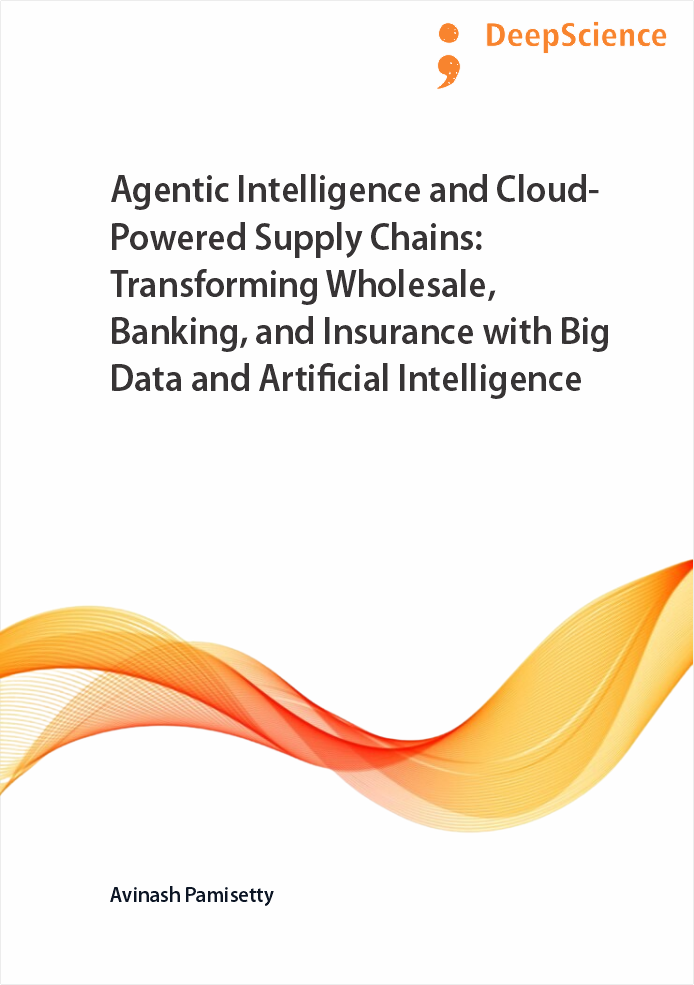Intelligent vehicle health monitoring through engine data, artificial intelligence, and machine learning
Synopsis
Modern supply chains regularly move products and services from suppliers to manufacturers, wholesalers, logistics providers, and then retailers and finally customers. Performing these operations becomes increasingly difficult as the number of suppliers increases and supply sources are more sheared. In competitive environments, justice and speed determine most of the success of any of the companies involved in such networks. Reliability and low cost more recently became of similar importance. The services provided by a single company are never enough in these cases. This is why companies can cooperate and create a supply chain. While some companies own competing supply chains regardless of how they tried to cooperate, the most dominant platforms are public, and loosely controlled with minimal single-control points. A new way of communicating and transferring material is required that can equally level the playing ground of suppliers and its performers while preserving privacy and trading tactics. Selecting best-of-breed new ways is not enough, such methods should be automated on a large scale and mutually operated on existing platforms. Such new invisible third-party networks reconfigure, i.e. acting on a larger scheduling problem than the existing supply chains, are required to integrate and consume the existing supply chain platforms. In such networks, pricing and the inter-company calendar of events are agreed upon behind a semi-secrecy and left between the parties a choice to actively join and mutually operate on a supply chain without ever leaking the supply chain or candidate parties.
Most of the Operating System concepts such as queues and micro-time divisions are probably present in computer networking but are insufficient to direct countless communicating IP addresses. Alternative incentive schemes such as multi-level theft and automatic stock buying probably exist for cooperative corporations. A real-time and synchronous environment on the Networking is required to quantize time and selectively disperse animate and inanimate processing on behalf of other peers. Robust voting and reporting methods, verifiable cryptographic rails are forfeited on the current salvage spectered networks. Infrastructure-as-Code, or machine-readable code, allows declaring configuration layouts, monitoring tools, policies, etc. It provides a new approach for data analysts to verify the correct construction or maintenance of Data lakes, which arguably is an important milestone of Contemporary Analytics. Continuous Integration/Deployment techniques became necessary to mitigate human errors and to comply with Auditors and Data Protection Authorities.












